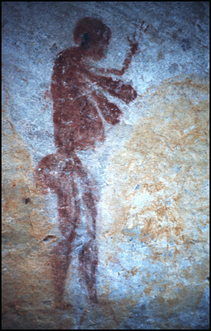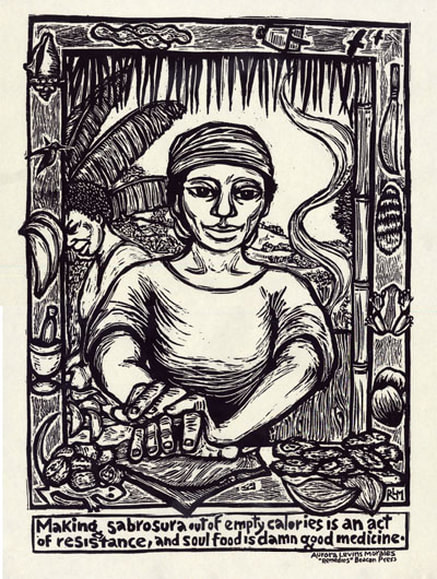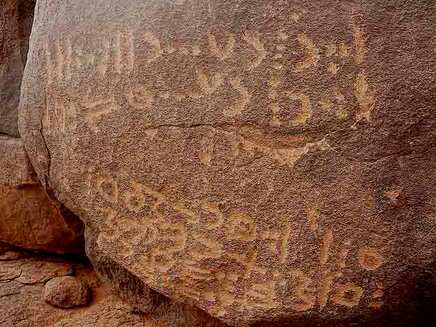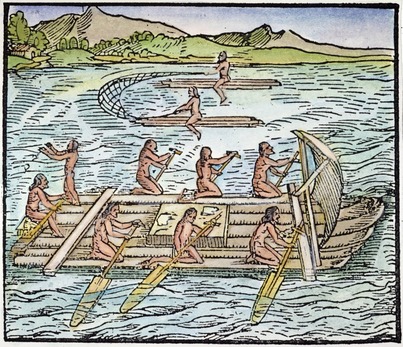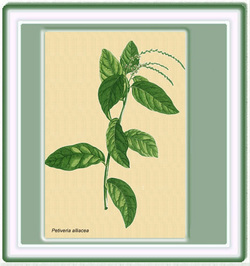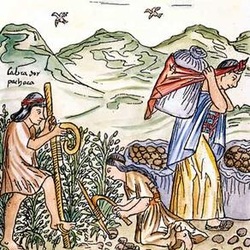REMEDIOS: Stories of Earth and Iron from the History of Puertorriqueñas
I am currently revising and expanding Remedios for a second edition.
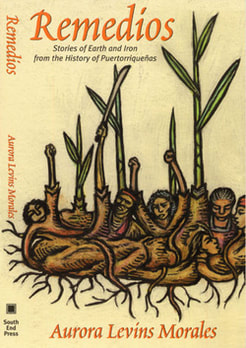
This is the book it took me ten years to research and write. It formed the main part of my doctoral dissertation in Women's Studies and History from Union Institute. Writing this book required me to trust my own thinking, to dig in all kinds of unexpected places for information that official histories have considered unimportant, and to ask again and again what the purpose of history is, how it can serve the urgent needs of the present and help to construct a better future. My goal in writing Remedios was to make medicinal history, history to cure the wounds of a deeply colonized sense of ourselves and instead to chart the course of our resistance, throughout millenia, to everything that tried to rob us of our humanity.
The book begins with our prehistory, with the myths of our origins. Our First Mother, bearing children in Sub-Saharan Africa hundreds of thousands of years ago, and the early human societies in the three regions of the world from which Puerto Ricans spring: America, Africa and Europe.
The book begins with our prehistory, with the myths of our origins. Our First Mother, bearing children in Sub-Saharan Africa hundreds of thousands of years ago, and the early human societies in the three regions of the world from which Puerto Ricans spring: America, Africa and Europe.
